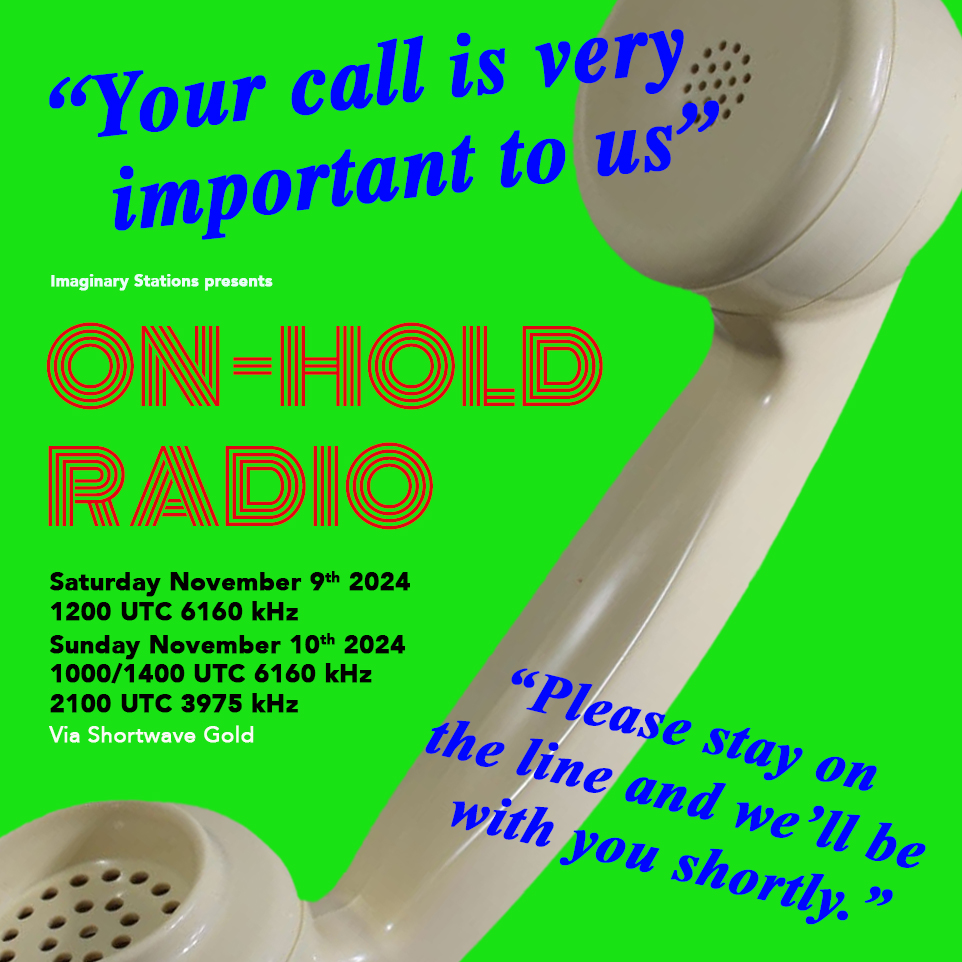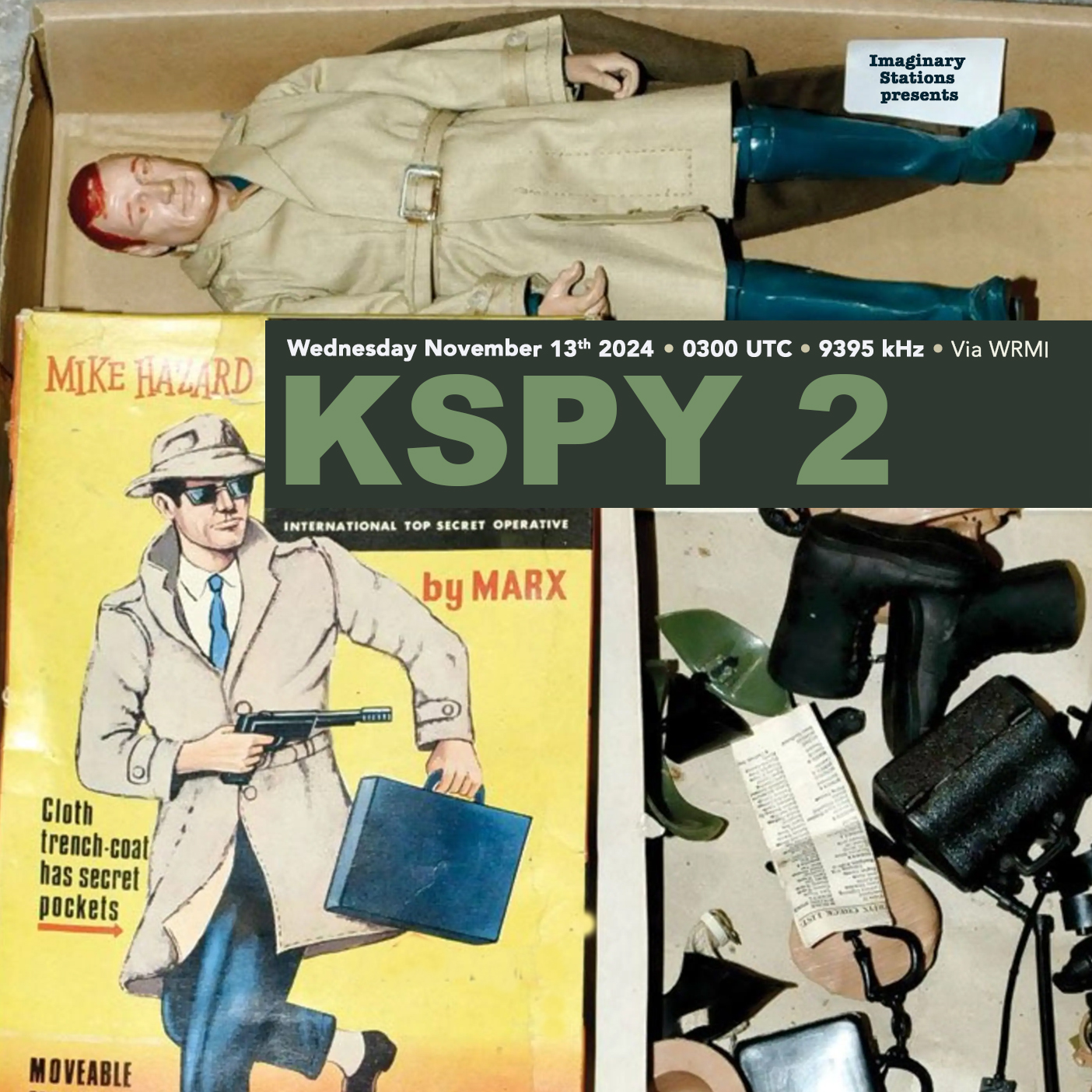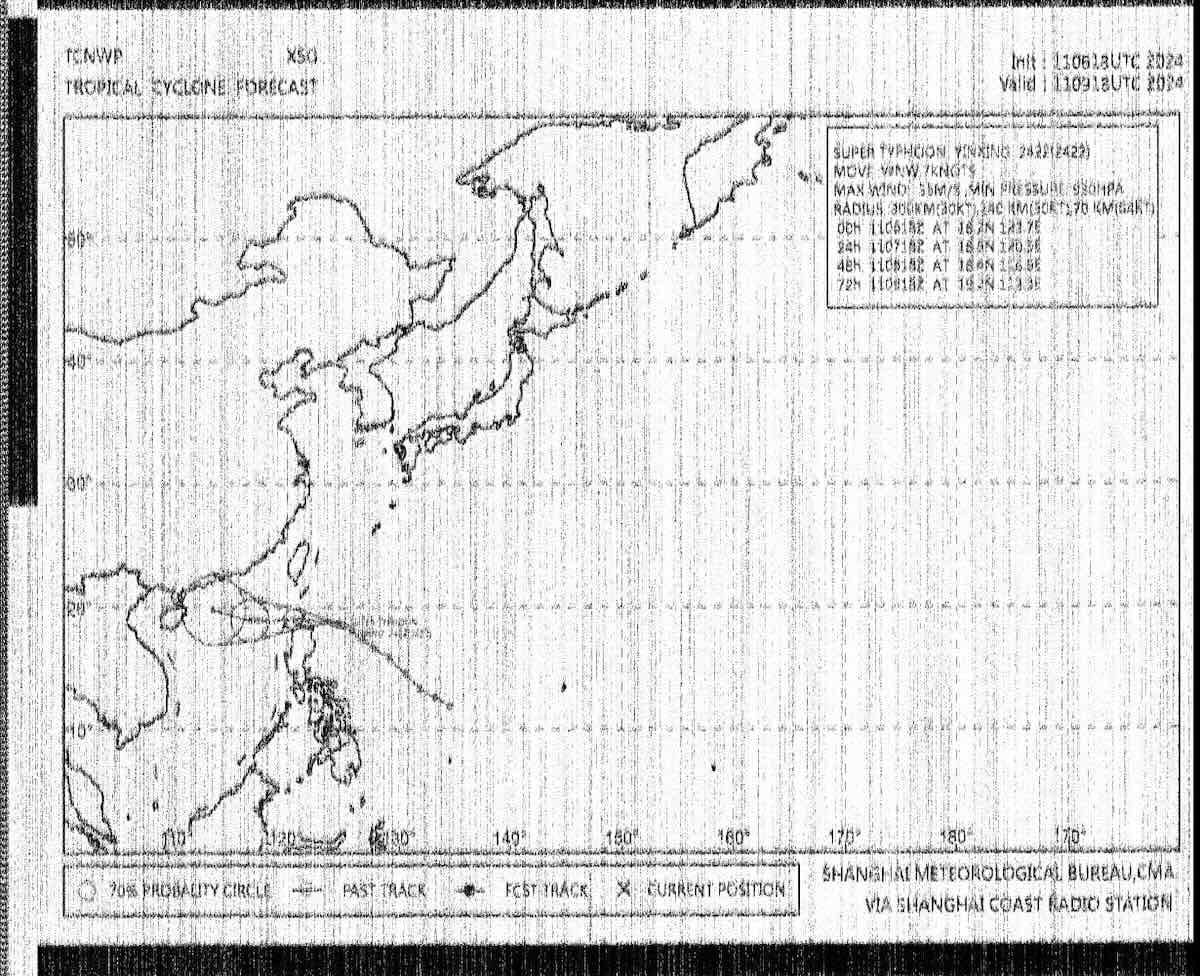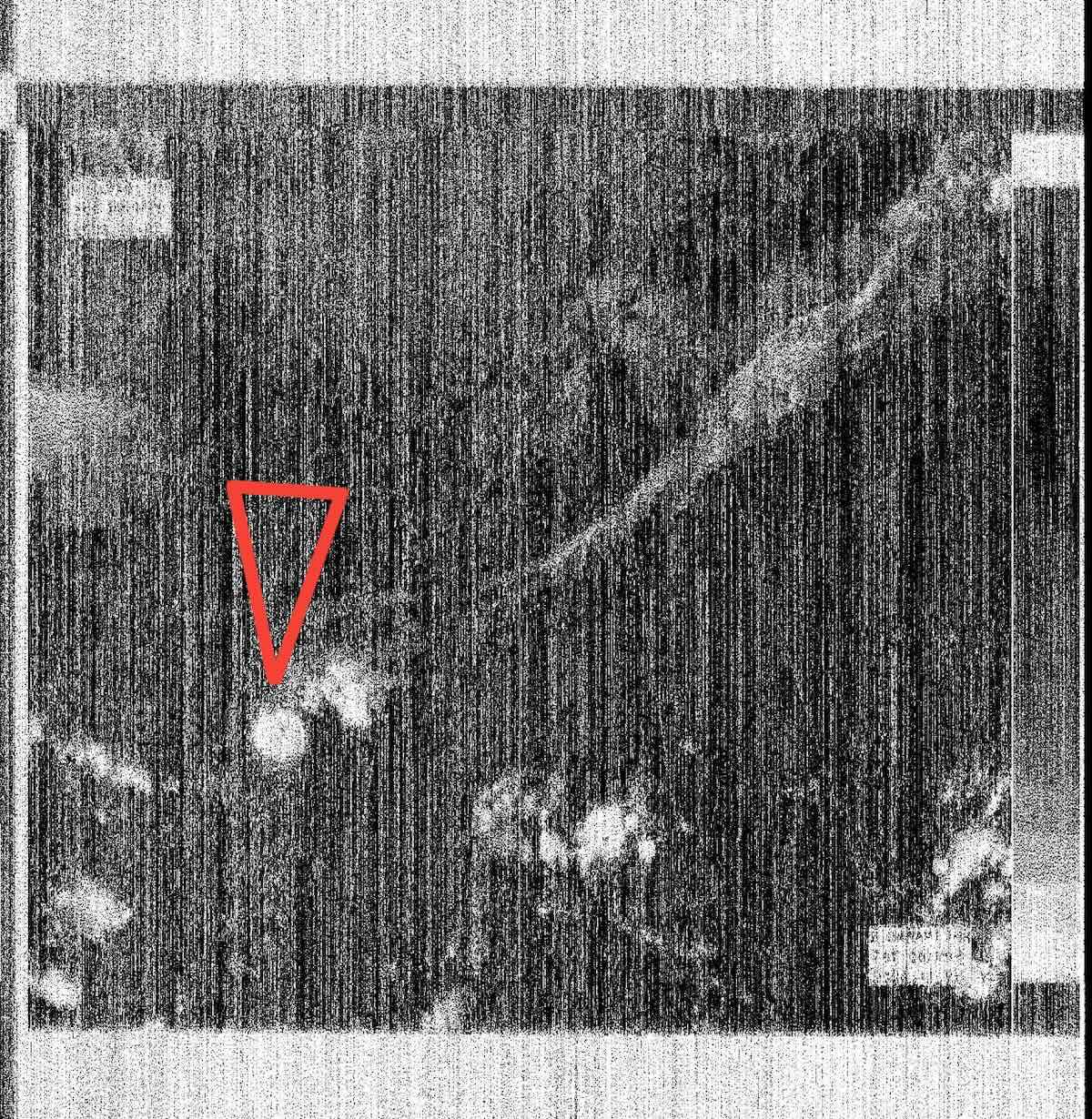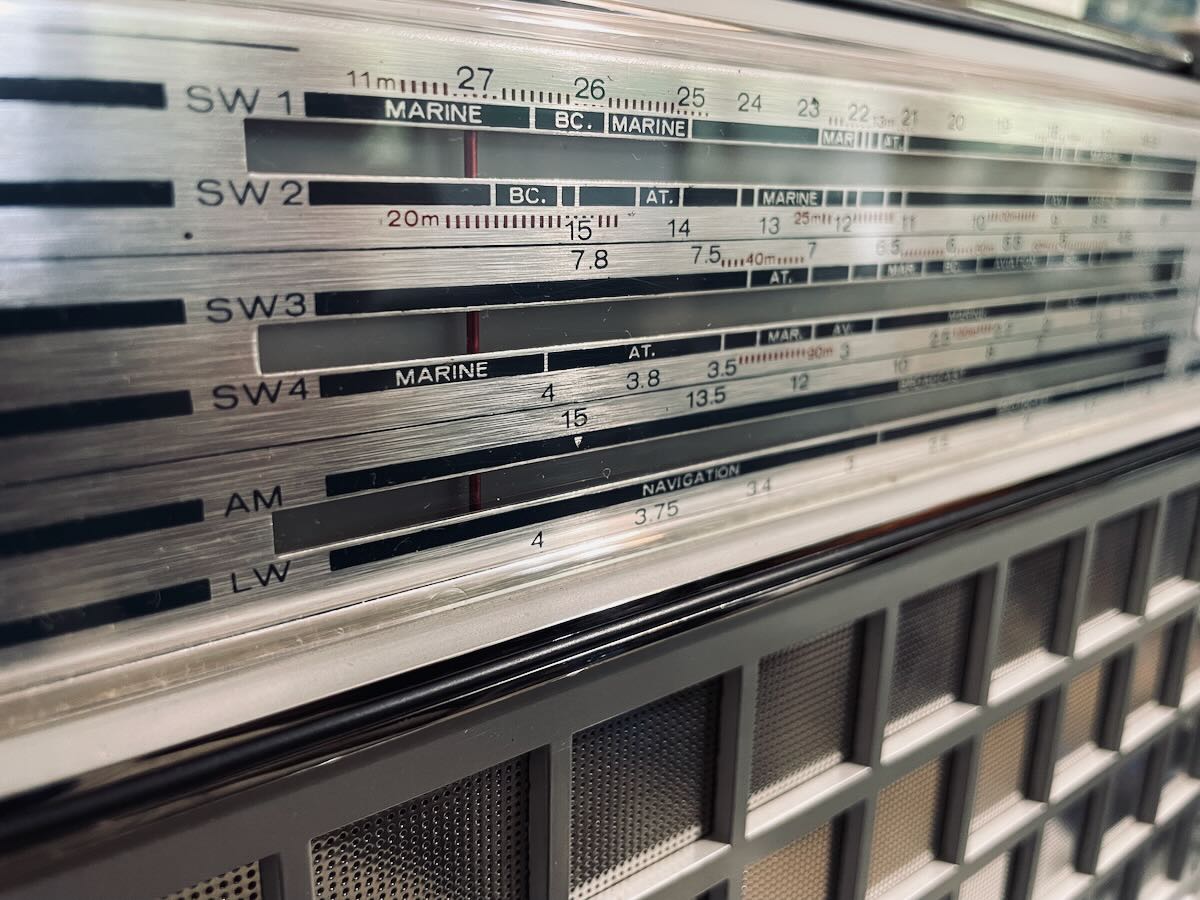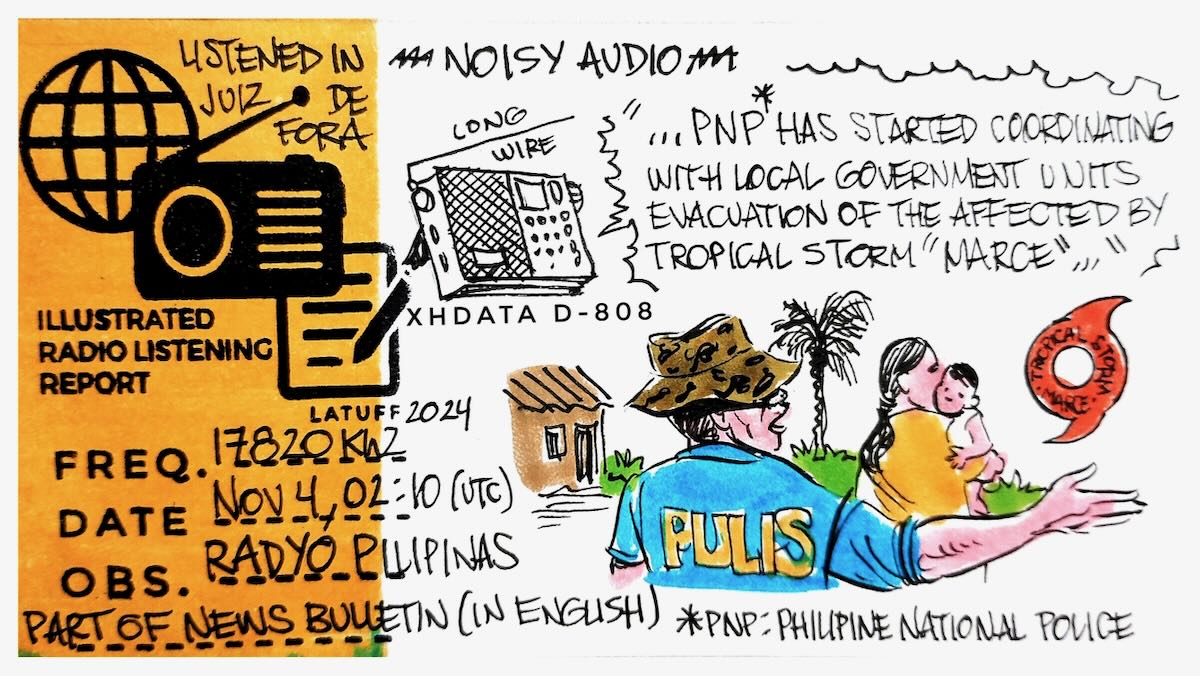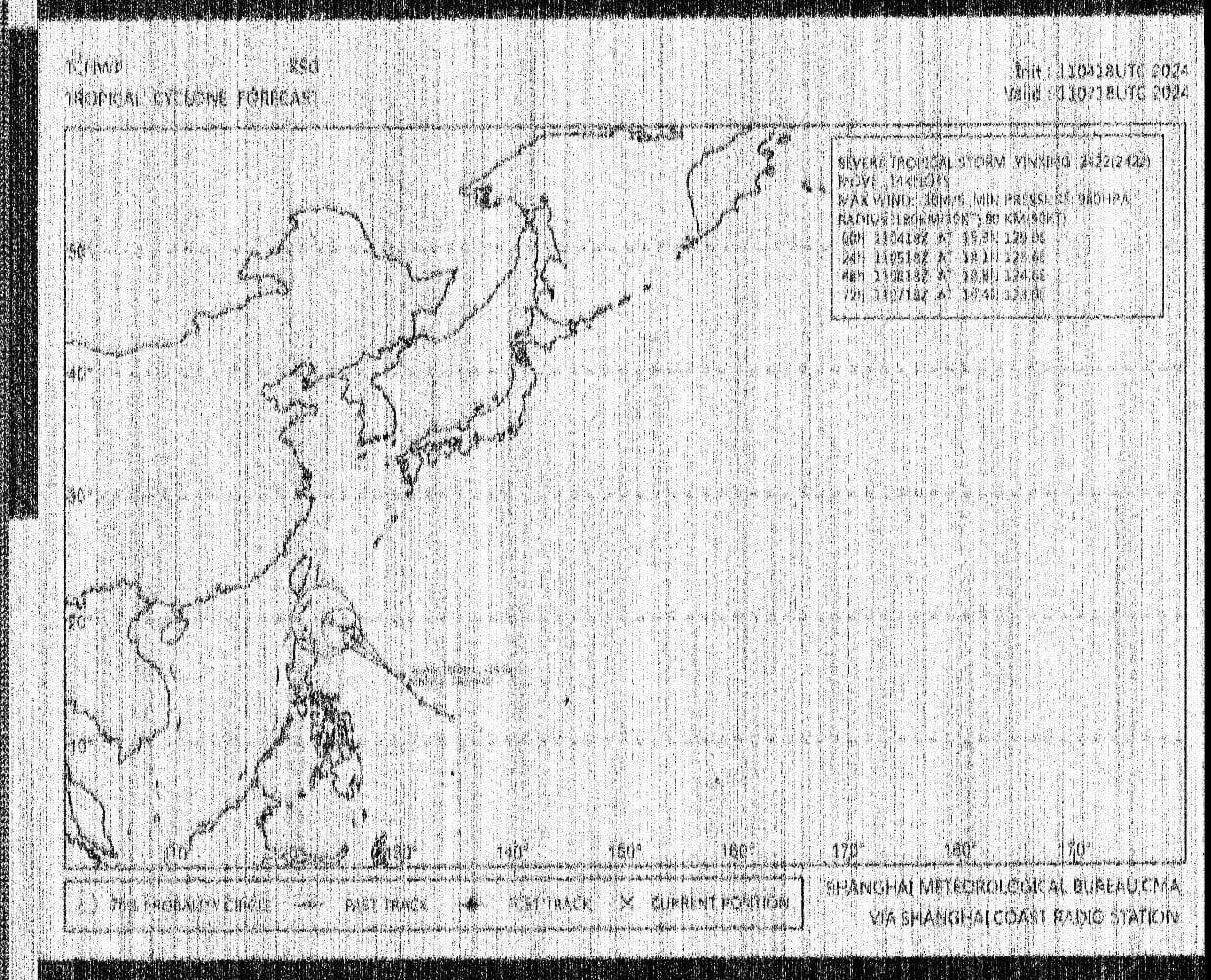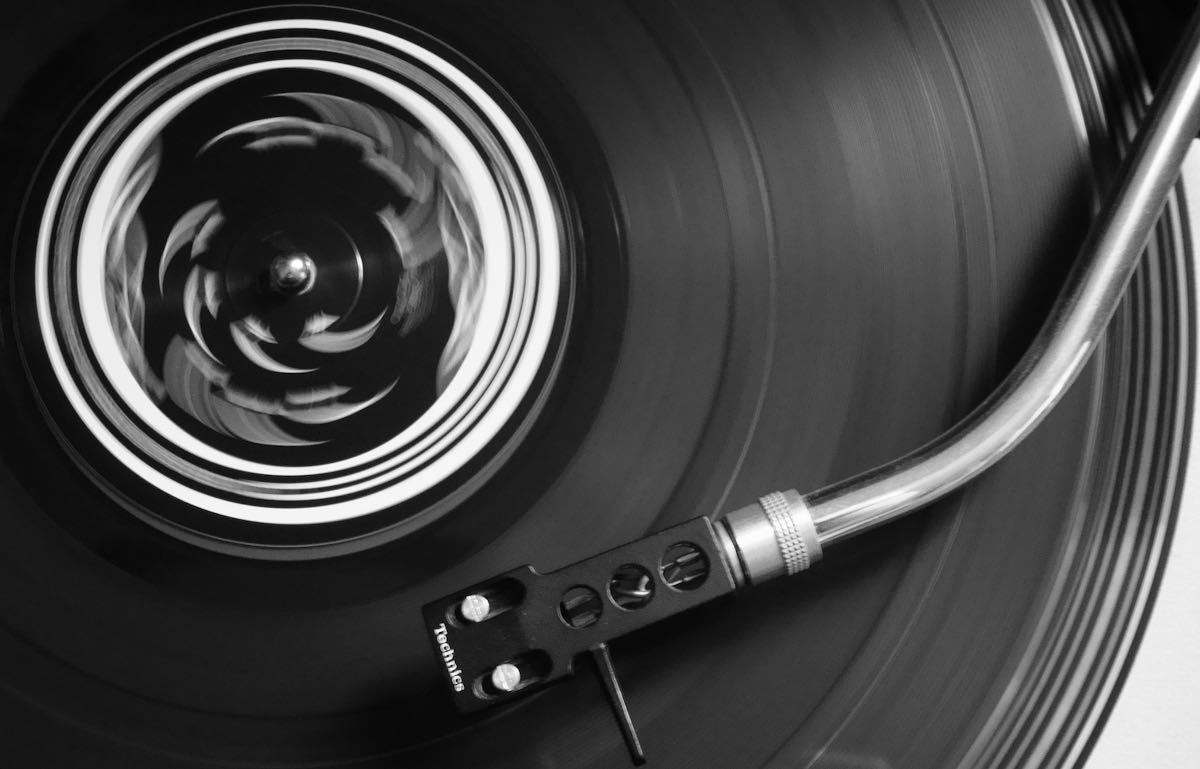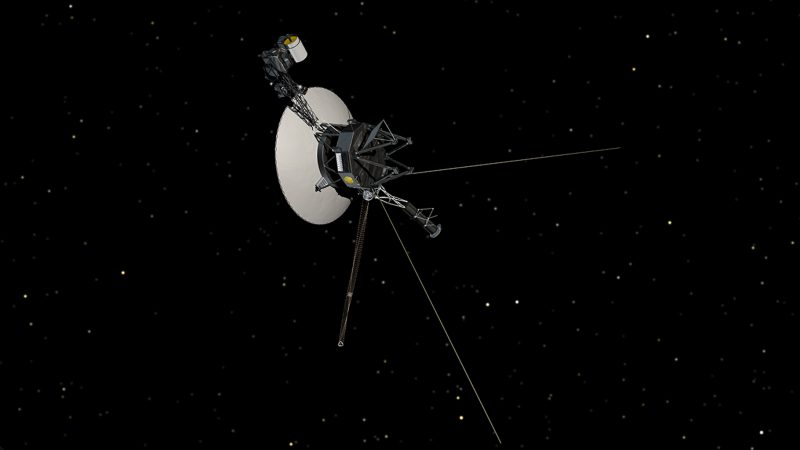
Radio Waves: Stories Making Waves in the World of Radio
Welcome to the SWLing Post’s Radio Waves, a collection of links to interesting stories making waves in the world of radio. Enjoy!
Many thanks to SWLing Post contributors David Iurescia and Mike Robinson for the following tips:
Radio Taiwan International (Rti) has been recognized in the 2024 JARL Ham Fair by securing first place in both the popularity ranking for shortwave stations and the best regular Japanese language broadcasting service.
The JARL Ham Fair is an annual event held during the summer, celebrating radio and broadcasting activities. Rti’s top rankings in both categories mark a major shift from its pre-pandemic standing, where Rti consistently ranked third.
Rti’s President Chang Jui-chang , who led a delegation to Japan last month to foster bilateral exchanges, expressed that this victory not only reflects Rti’s continuous efforts to improve its Japanese-language programming but also underscores the long-standing support and affection from its Japanese listeners.
One of the key developments this year was the resumption of the Double Ten National Day shortwave broadcast in Japanese, which further enhanced Rti’s service to its Japanese audience. Chang stressed that listeners are the lifeblood of any radio station, and Rti will continue its commitment to excellence in its Japanese programming to strengthen Taiwan-Japan ties and deepen mutual friendship.
Designed personally by Marconi, Radio Vaticana has been a key player in international broadcasting since the early 20th century, particularly in terms of technology. FM-world discussed this with Costantino Pacifici, who was Technical Director of the station for many years.
As the centennial of the radio approaches, the director of this publication asked us to do a quick overview of amplitude modulation stations. We had the opportunity to interview Centrale Milano, AM Italia, and OMItaliane.
But we immediately had the idea to talk about the most prestigious of all European radio stations: the station of Radio Vaticana.
With the help of RAI, we managed to secure a direct contact that led to this exclusive interview, focusing on the peak “broadcast” years of Vatican Radio: when broadcasts from the Holy See were joined by those from Santa Maria di Galeria, and when stereo transmissions began on 96.3 MHz. Here’s the report of the interview with Dr. Costantino Pacifici, which took place in mid-October 2024. [Continue reading…]
NASA can’t catch a break when it comes to Voyager 1, apparently. That’s because the US space agency has now revealed that the only thing keeping Voyager 1 communications running at the moment is a radio that hasn’t been used since 1981.
If that sounds like a bit of a nightmare, well, you aren’t wrong. But, it also isn’t the first stop that NASA has had to make on the nightmare train that has been its attempts to keep Voyager 1 working as optimally as possible over the past year.
In fact, this is just the latest in several Voyager 1 communications hiccups. The last hiccup began to show its ugly head in December 2023, when NASA revealed that Voyager 1 was sending back garbled data in its daily communications. That issue persisted for months, with some even believing that Voyager 1 was lost to us as far back as February. [Continue reading…]
Do you enjoy the SWLing Post?
Please consider supporting us via Patreon or our Coffee Fund!
Your support makes articles like this one possible. Thank you!


